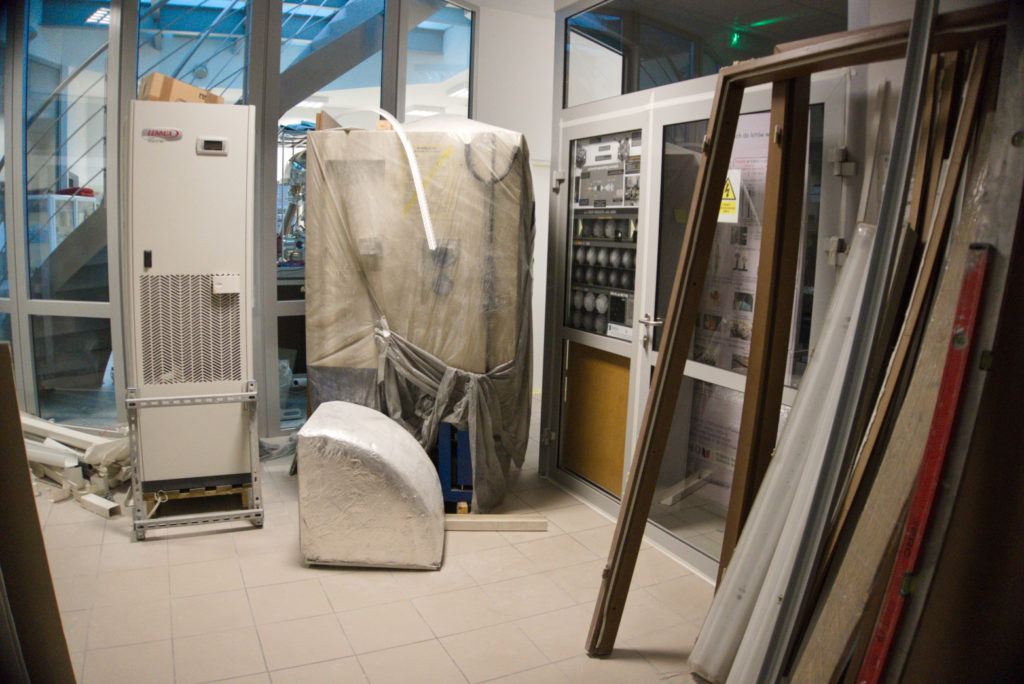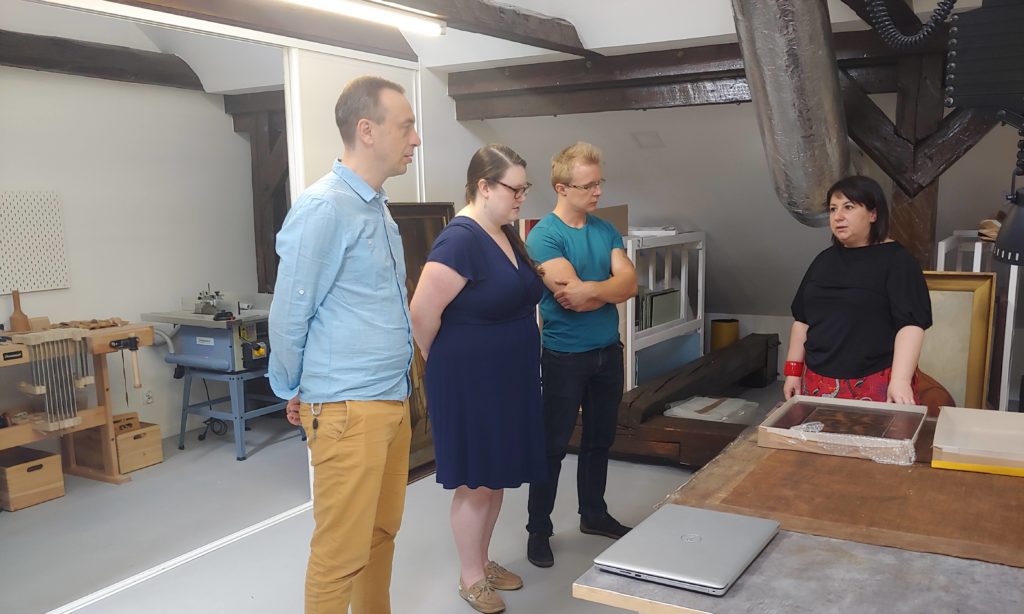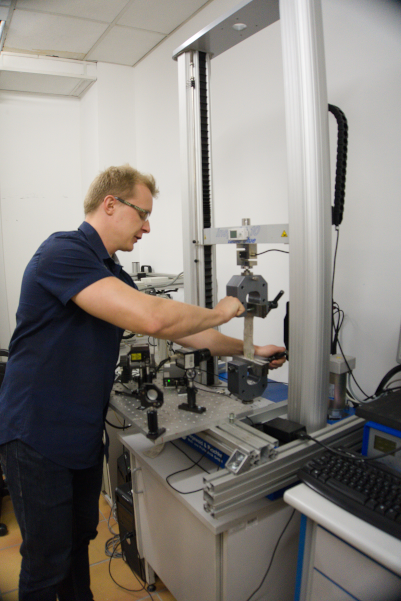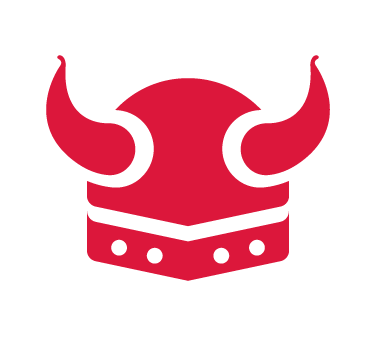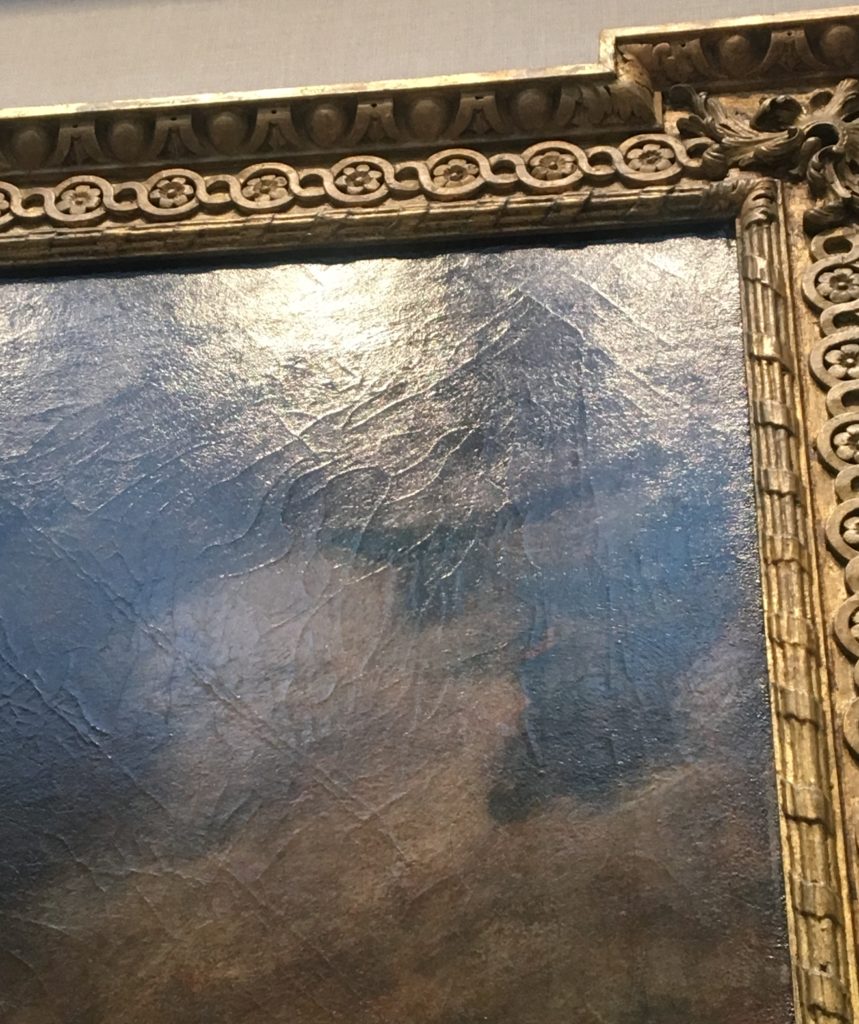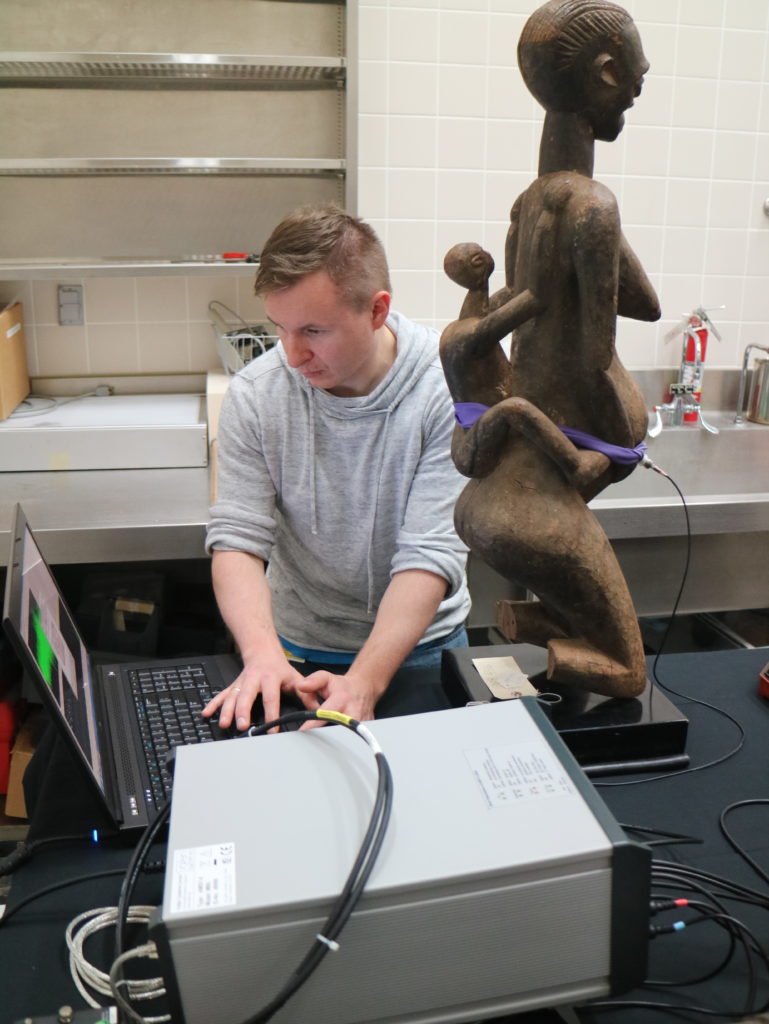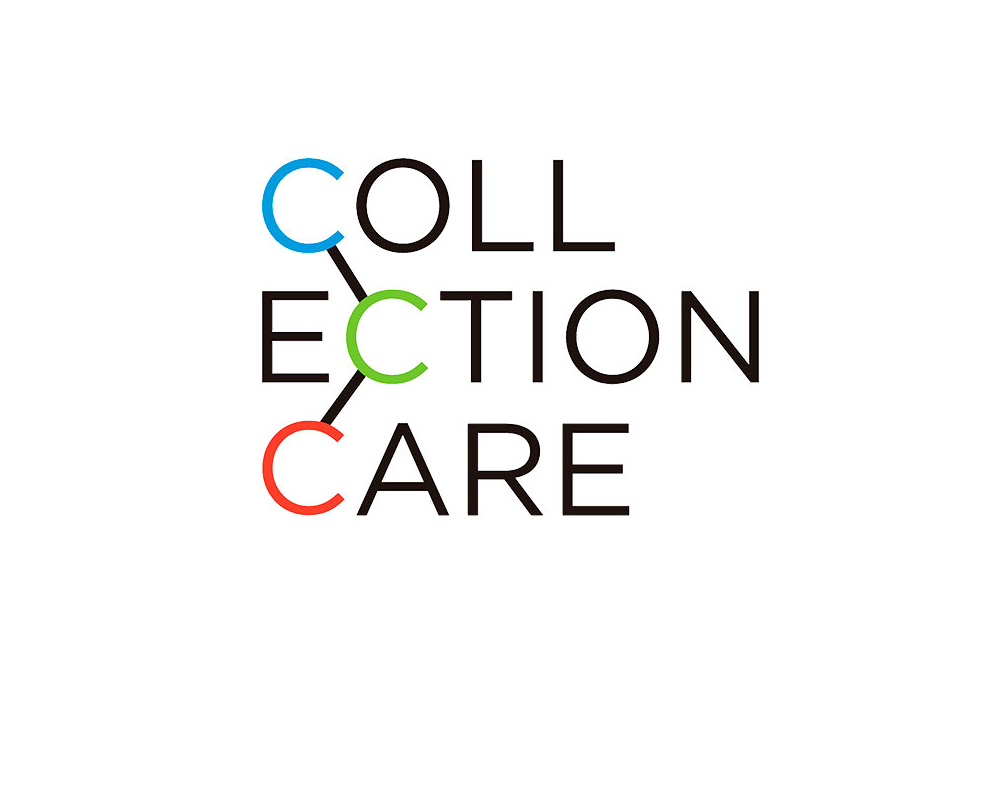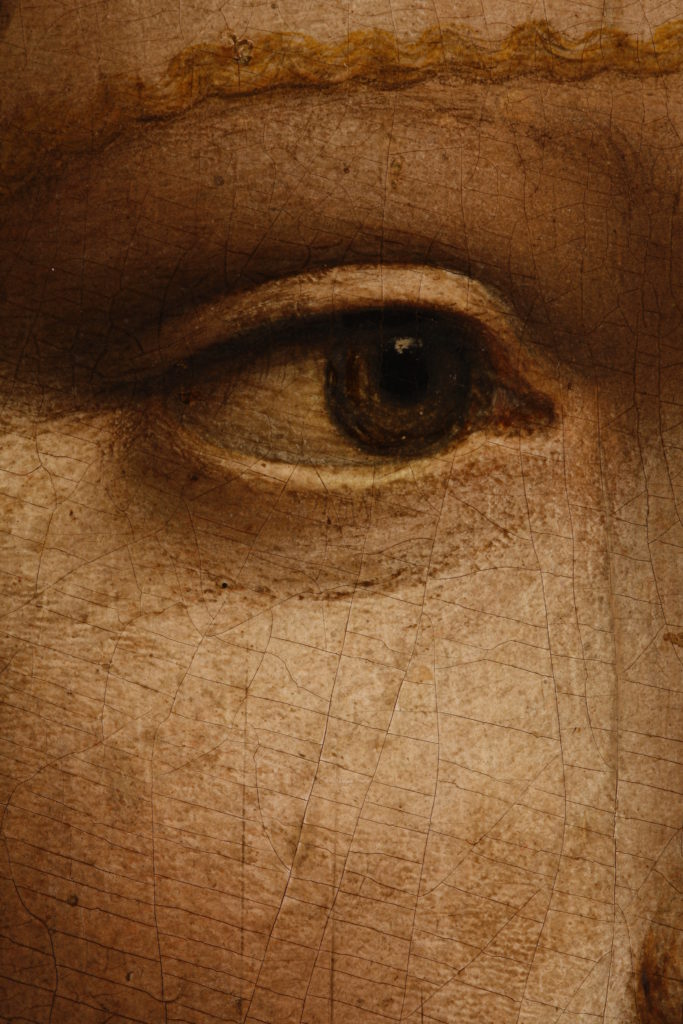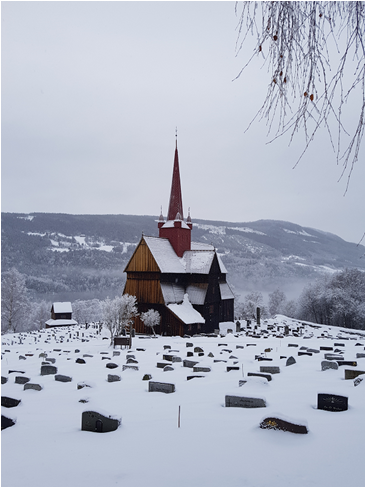After getting acquainted with formulas for tempera production, based largely on the medieval painting treatise by Cennino Cennini “Il libro dell’arte”, the time has come to try it on our own! Under the supervision of Dr. Aleksandra Hola, we ground pigments, separated yolks from egg white and combined these ingredients to obtain tempera. However, the READ MORE
Author: Heritage Science
We are investing in extending our laboratory
Our laboratory is undergoing a major renovation. New projects to be implemented in the coming years require expanding the range of applicable techniques and measuring devices. Therefore, we are purchasing new equipment and enlarging the laboratory space. Experiments in the new interior will be pure pleasure!
Sample preparation for the GRIEG project – investigating historic recipes and conservation techniques
The approaching start date of the GRIEG project fills us with enthusiasm – so many new problems and questions are waiting to be investigated! To broaden our knowledge about easel painting, specifically in tempera painting techniques and the conservation materials used to repair them, we visited the studio of our project partner – dr Aleksandra Hola. READ MORE
Our team is growing: Arkadiusz Janas joins the CollectionCare project
The Cultural Heritage Research Group has gained a new member. Arkadiusz Janas will support the team as a part of CollectionCare, which is focused on developing a comprehensive model of canvas paintings to study the influence of chemical and mechanical material properties on craquelure formation in changing climate conditions. Arkadiusz graduated with a degree in READ MORE
Open competition for the position of Assistant Professor (post-doc) in the GRIEG project!
We encourage you to join our group and apply for the position of Assistant Professor in the GRIEG project! We are looking for a person holding a doctoral degree in material science, mechanical engineering, physics or mathematics and computer science for a period of 36 months. The Assistant Professor reporting to the head of the READ MORE
GRIEG competition results announced! Green light given for our easel painting project
We are very pleased to share that we have a new project to be implemented in the coming years! The project “Model of paintings with craquelure patterns for evidence-based climate control in museums” took second place in the rankings of the GRIEG competition organized by the Polish National Science Center. https://www.ncn.gov.pl/konkursy/wyniki/2020-04-27-grieg?language=en Our research partners are: READ MORE
Getty Conservation Institute shares a co-authored free publication
In cooperation with scientists from the Getty Conservation Institute and Canadian Conservation Institute we prepared a publication of guidelines for using Acoustic Emission (AE) to monitor cultural heritage. The treatise was prepared mainly with conservators and scientists conducting heritage research in mind, but we encourage everyone interested to check it out. Acoustic emission is a READ MORE
CollectionCare: Computational modeling takes center stage during stay-at-home orders
Although it is not possible to remotely conduct laboratory experiments, nothing has stopped us from continuing to develop computational models while working from home! The mobility of these computational strategies has played a key role in enabling ongoing research in recent months. Last week, we summarized our progress toward models of historical material degradation in READ MORE
Initiatives providing access to culture during social distancing
For those of you tired of being at home who have sped through the literary classics or exhausted streaming options, we would like to recommend several initiatives related to culture and art that you can access from your devices while isolating. 1. CollectionCare Twitter account This profile is run by our partners in the CollectionCare READ MORE
Caring for heritage never stops! SyMBoL video conference
In order to responsibly social distance and prevent the spread of COVID-19, we were unable to gather together in Krakow. Rather, we conducted a mid-term meeting of the SyMBoL project partners via video conferencing. During three days of talks, we summarized the progress of all partners to date, including the Getty Conservation Institute (GCI), the READ MORE


